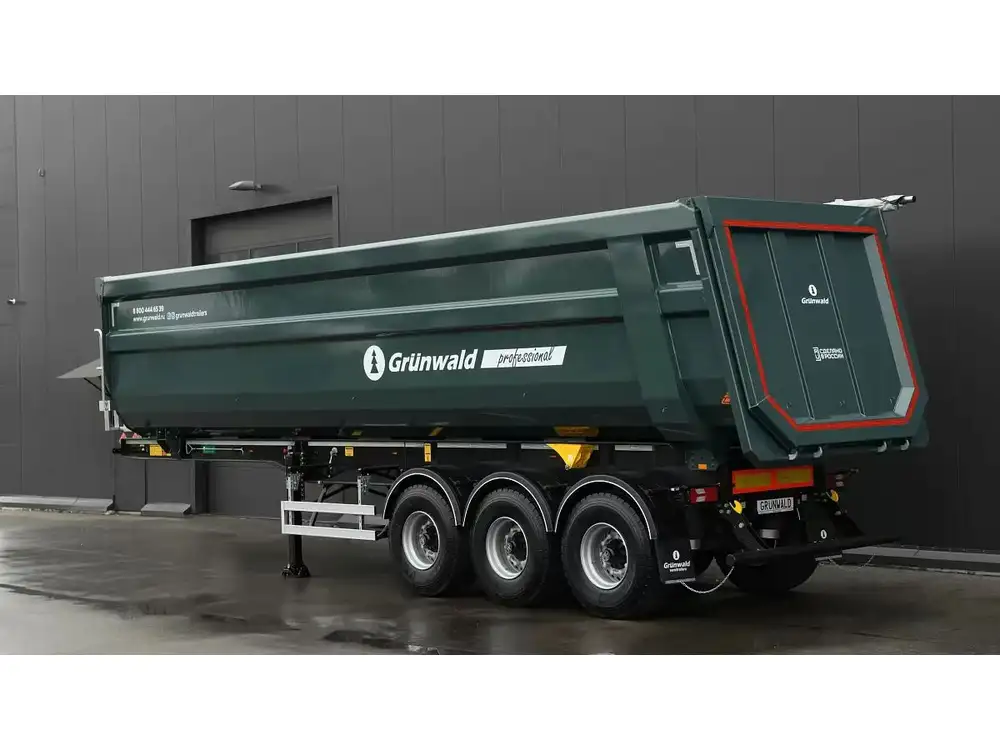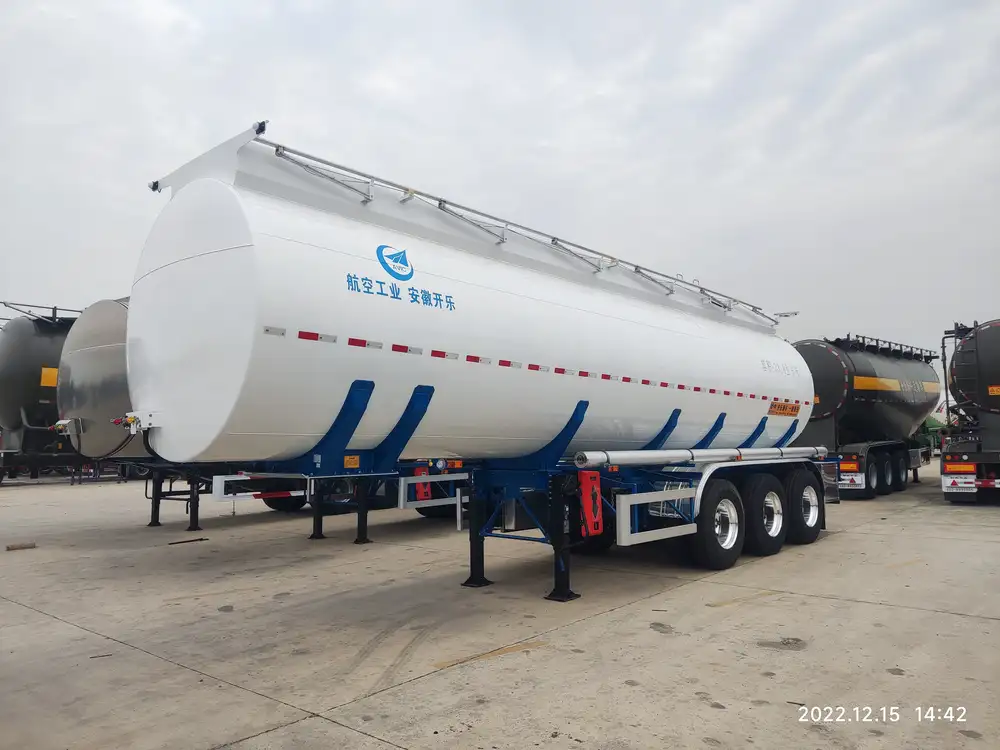Mounting a winch to a flatbed trailer can significantly enhance its utility, allowing for easier loading and unloading of heavy equipment. Whether you’re engaged in construction, towing, or even recreational activities like off-roading, integrating a winch with your trailer provides numerous benefits. This thorough guide aims to equip you with all the knowledge and instructions essential for a successful winch installation.
Understanding the Essentials of Winch Mounting
1. Selecting the Right Winch for Your Flatbed Trailer
Choosing the appropriate winch is crucial. Here’s what to consider during your selection process:
| Factor | Considerations |
|---|---|
| Weight Capacity | Ensure that the winch can handle the maximum load you plan to pull. A good rule of thumb is to select a winch with a pulling capacity of at least 1.5 times the weight of the load. |
| Type of Winch | Options include electric, hydraulic, and manual winches. Electric winches are easier for most applications, while hydraulic ones offer power for heavier loads. |
| Cable Length | Opt for a cable length that meets your specific needs — typically between 50 to 100 feet. Longer cables can provide more versatility. |
| Mounting Type | Consider if you need a fixed, removable, or portable mount based on your usage requirements. |
| Budget | Set a realistic budget for your winch purchase, taking into account all necessary accessories. |

2. Tools and Materials Required for Installation
Before beginning the installation process, gather all necessary tools and materials:
Tools:
- Electric or battery-powered drill
- Wrenches (sockets and open-end)
- Screwdrivers (flathead and Phillips)
- Measuring tape
- Level tool
- Safety glasses and gloves
Materials:
- Winch (select based on previous criteria)
- Winch mounting plate
- Bolts and nuts (ensure they are grade 5 or higher)
- Wiring harness (if applicable)
- Battery (if using an electric winch)
- Optional: winch cover to protect from elements
The Installation Process: Step-by-Step
Step 1: Preparing Your Flatbed Trailer
- Inspect the Trailer: Check the structural integrity of the flatbed trailer regarding rust, damage, or weaknesses that may affect the installation procedure.
- Clean the Mounting Area: Ensure that the area where you plan to mount the winch is free of debris, dirt, rust, and any inconsistencies. This will help ensure a solid installation.

Step 2: Positioning the Winch
- Select the Mounting Location: The front center of your trailer is typically ideal. Factor in the trailer brakes, tailgate, and any additional equipment that may restrict movement.
- Use a Level: Place the winch on your chosen site and use a level tool to ensure it is perfectly aligned. Adjust as necessary for a balanced load distribution.
Step 3: Attaching the Winch Mounting Plate
- Align the Mounting Plate: Position the winch mounting plate over your selected site. The plate should align with the hole patterns on both the winch and the trailer.
- Secure with Bolts: Using the appropriate drill bits, pre-drill holes if necessary. Secure the plate using grade 5 bolts and nuts, ensuring they are tightly fastened, yet do not over-torque as this may strip the threads.
Step 4: Mounting the Winch
- Position the Winch: Carefully place the winch onto the pre-installed mounting plate, ensuring that it fits snugly.
- Secure the Winch: Use the bolts provided with the winch to secure it to the mounting plate. Double-check the tightness of these bolts to prevent movement during operation.

Step 5: Wiring the Winch (if applicable)
- Attach Wiring Harness: Connect the wiring harness from the winch to the vehicle battery. Follow the manufacturer’s instructions regarding positive and negative connections.
- Fuse Installation: Incorporate a fuse between the battery and winch to protect against electrical surges.
Step 6: Testing the Winch
- Perform a Test Run: Before putting the winch to active use, test it. Operate it in both loading and unloading directions to ensure smooth functionality.
- Check All Connections: Inspect all wiring and bolted connections for security. Ensure that the winch engages and disengages seamlessly.
Step 7: Final Adjustments and Safety Tips
- Adjust Cable Tension: After testing, ensure that the winch cable is properly tensioned and wound evenly on the spool.
- Safety Gear: Always wear safety gear when operating a winch, and maintain a safe distance from the line during operation due to the risk of snapping cables.

Maintenance and Care for Your Winch
Routine Maintenance Checklist
- Daily Inspection: Before use, check cables for frays, kinks, and rust.
- Clean the Winch: Regularly clean off debris and dirt, particularly around the motor and gears.
- Lubrication: Apply grease to the winch components according to the manufacturer’s specifications.
- Battery Maintenance: Keep the battery charged and connections clean.
Troubleshooting Common Issues
- Winch Not Engaging: Check the power supply and circuit breaker. Ensure connections are tight and not corroded.
- Cable Jamming: Inspect for misalignment and realign the cable if necessary. Adjust the tension.
- Slow Operation: Check for battery power and that the winch is receiving the correct voltage.

Conclusion
Mounting a winch to your flatbed trailer not only significantly enhances its functionality but also expands your operational capabilities, whether for commercial use or personal projects. By following this detailed guide, you can carry out a safe and effective installation. Regular maintenance and checks will prolong the life of your winch, ensuring it remains a reliable tool for years to come.
Remember, safety is paramount when using winches. Always observe best practices, use appropriate gear, and ensure that all components are in good condition. With the right care and maintenance, your mounted winch will serve you well for hauling everything from heavy machinery to recreational vehicles.



